PARMA
“Little Parigi”
Parma has often been called “the little Paris” due to its long tree-lined avenues and its romantic and intimate atmosphere.
Among its alleys it is possible not only to taste the excellent cuisine of the area, but also to travel in the past thanks to works of art such as the Duomo, the Baptistery and the Teatro Regio.
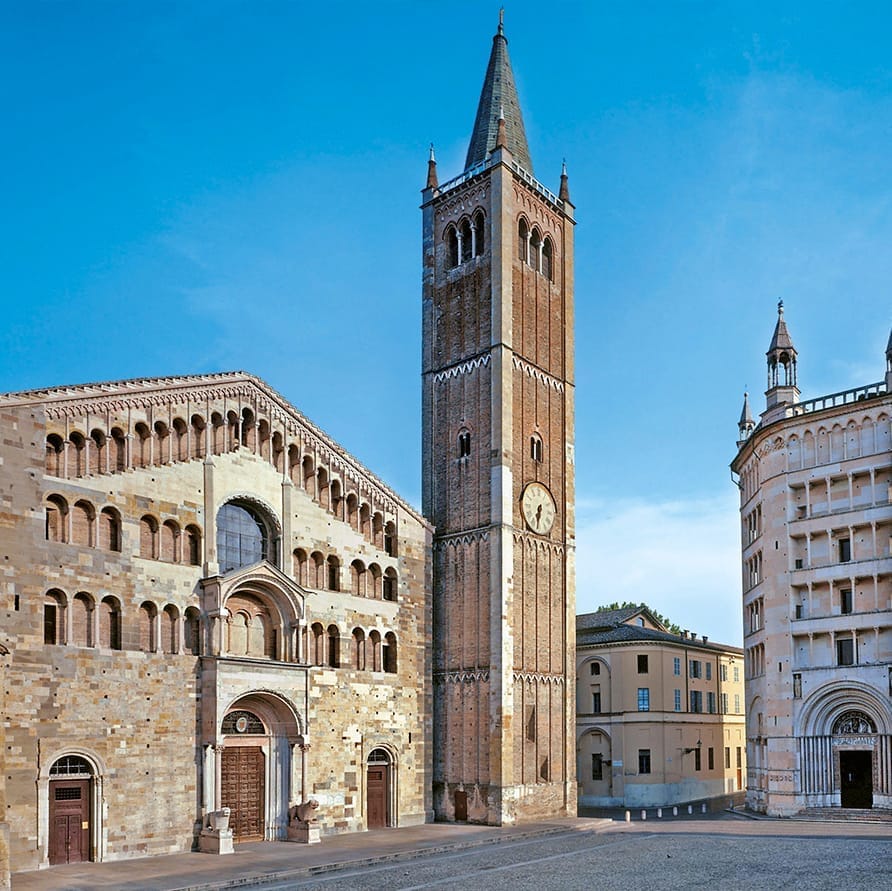
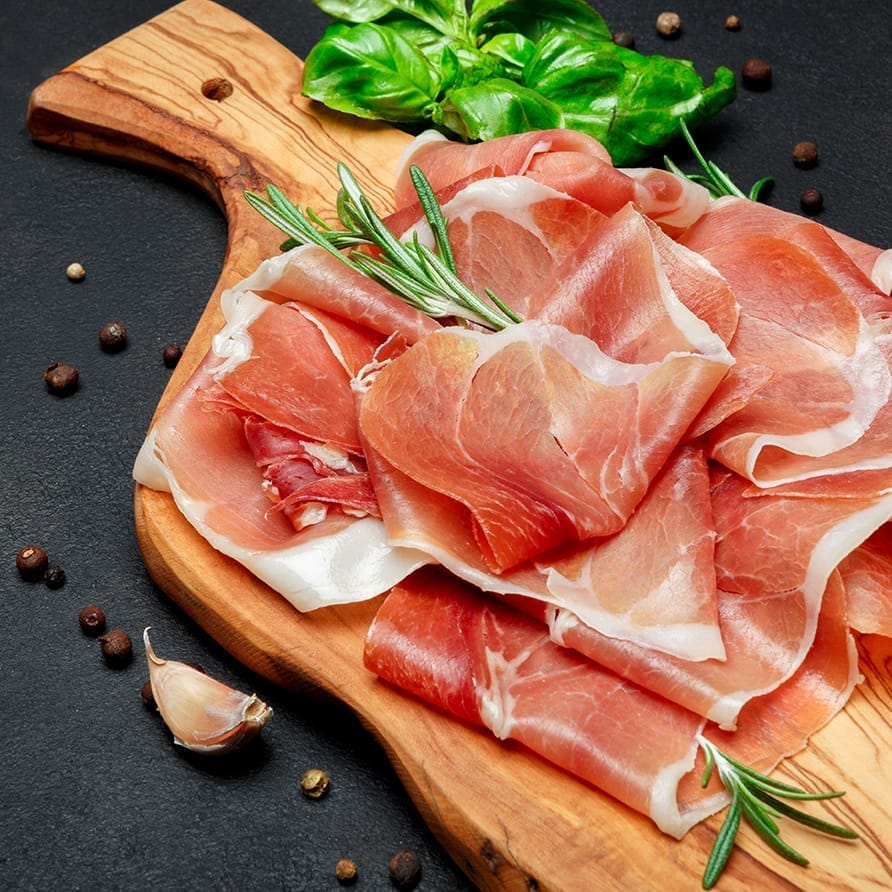
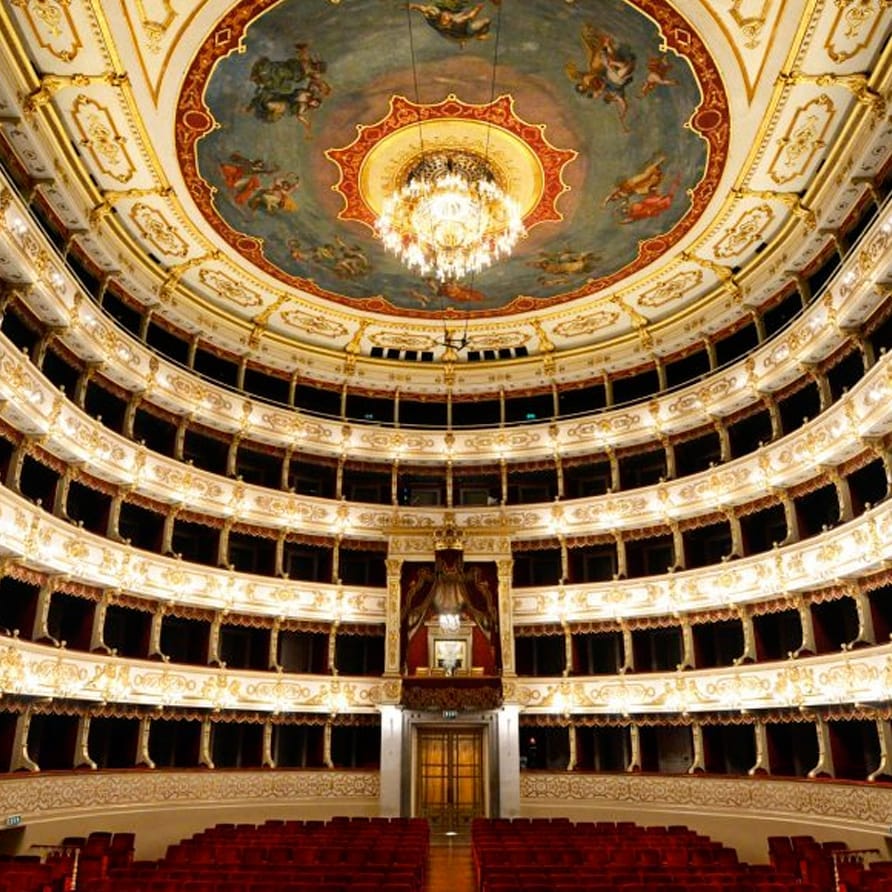
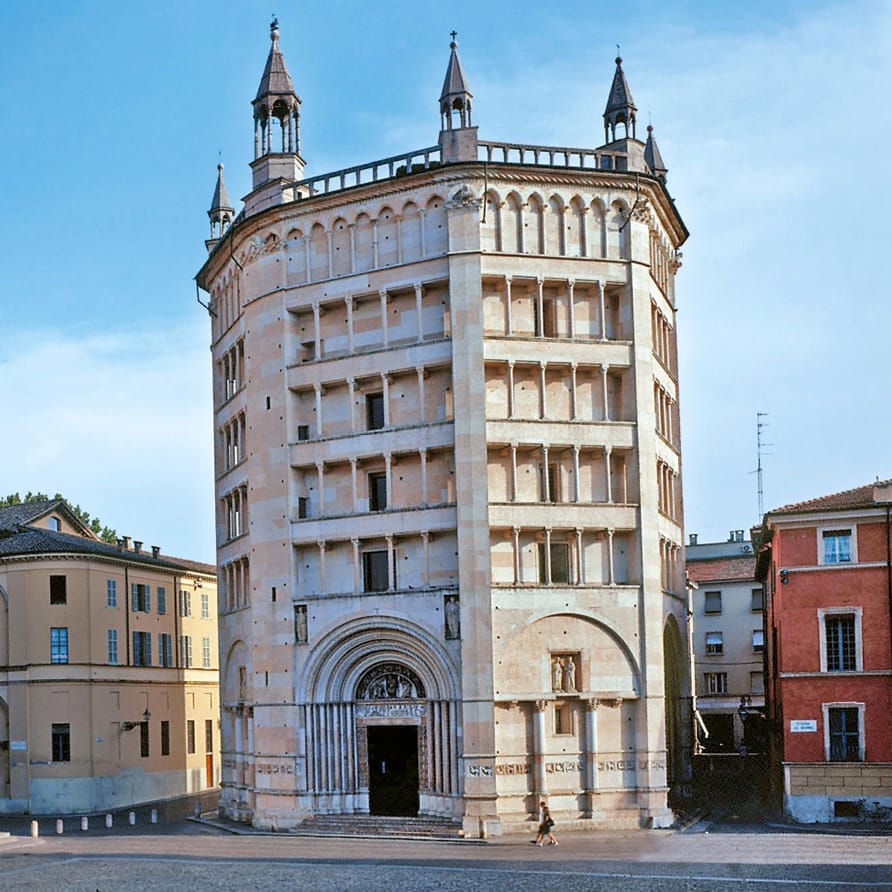
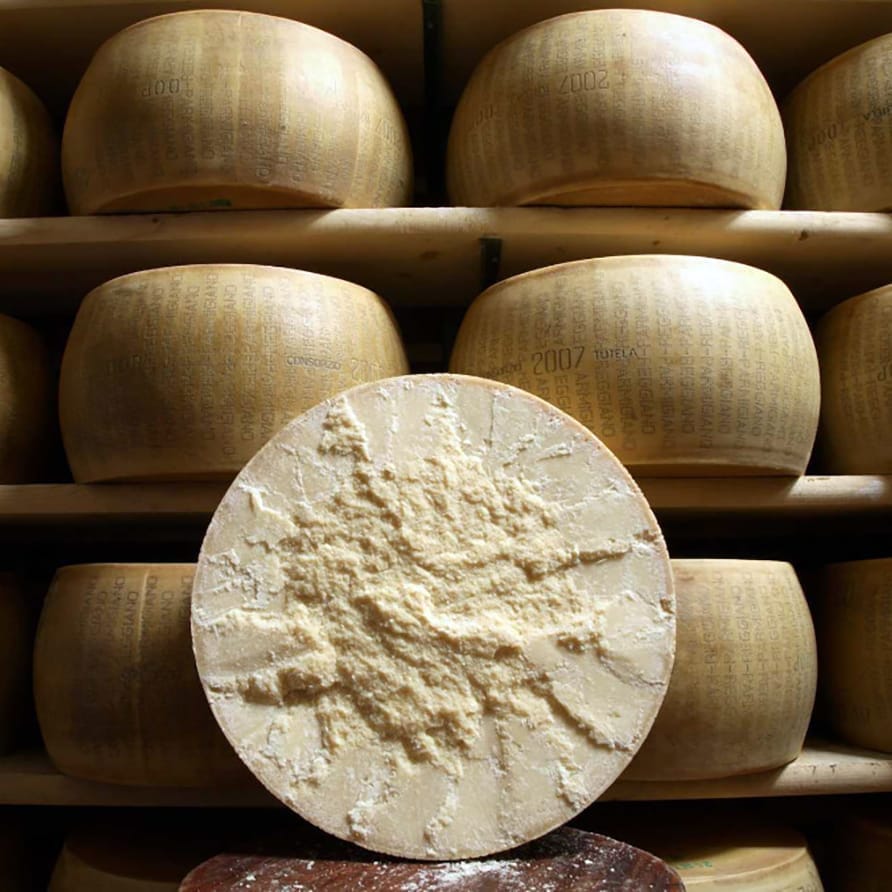
Parma beauties
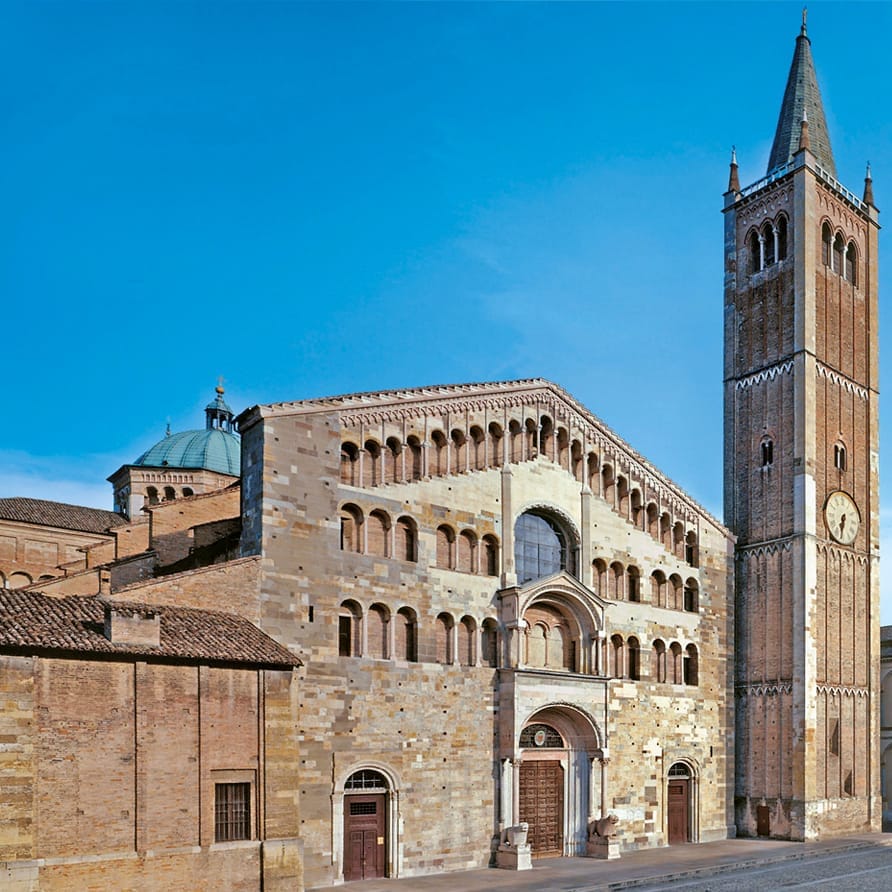
Parma Dhome
The cathedral of Santa Maria Assunta, together with the Baptistery, is one of the most important symbols of the city as well as the main place of worship for the citizens.
Some masterpieces by Correggio, Benedetto Antelami and other Campione masters are kept here.

Baptistery
The Baptistery of Parma represents one of the highest expressions of art in Italy.
Octagonal in shape and in pink Carrara marble, its construction works were followed by the famous Benedetto Antelami.

Regio Theatre
Regio Theatre is considered by many to be one of the most prestigious theaters in Italy.
Built at the beginning of the 19th century by the will of the Duchess Maria Luigia, it is in this opera house that Parma’s famous and unmissable opera season takes place.
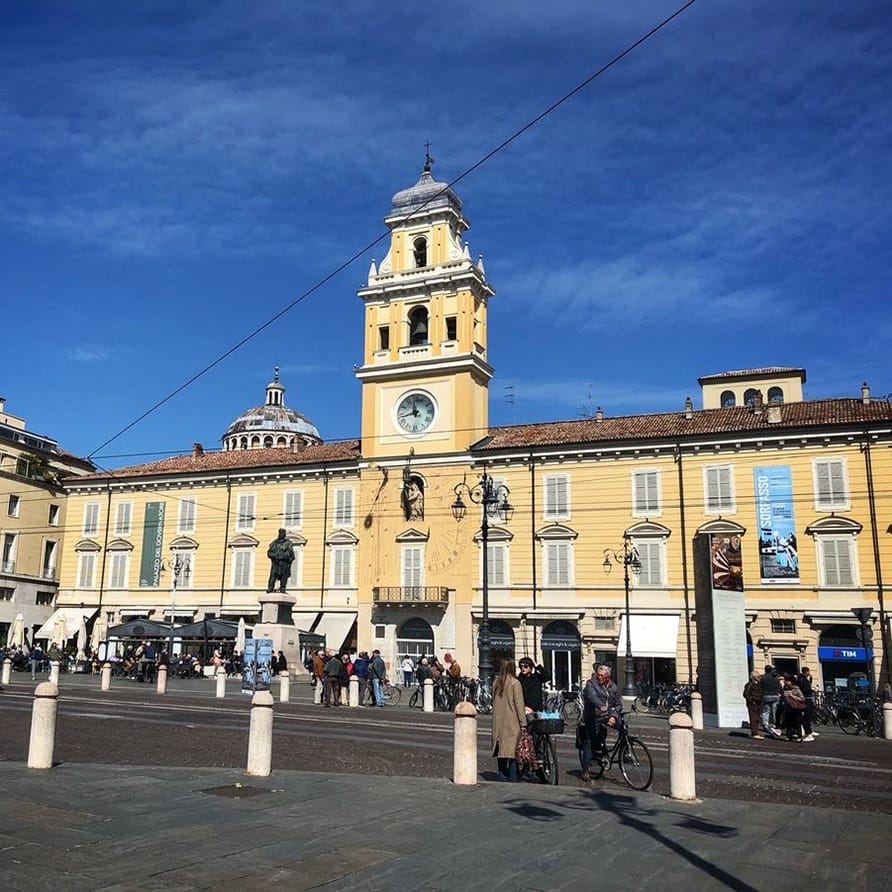
Garibaldi Square
In addition to being the main city square, here it is possible to visit the Governor’s Palace, a large and prestigious place of modern and contemporary art.
The large spaces, restored to host international level exhibitions, offer the visitor an interesting and articulated itinerary.
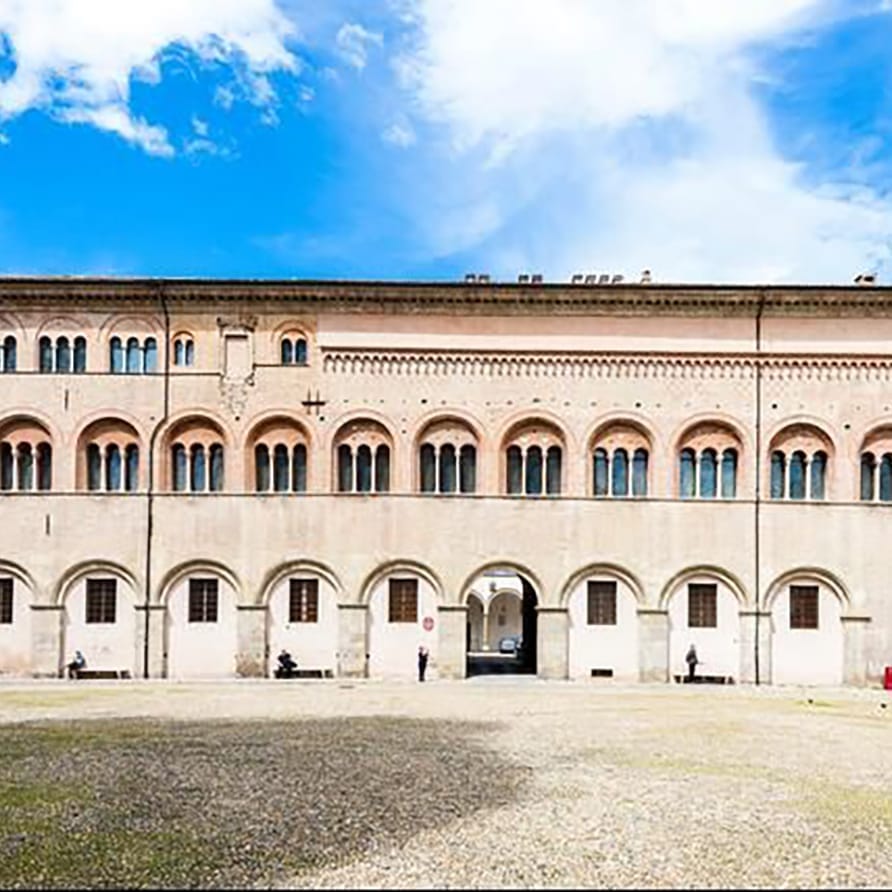
Bishop’s Palace
Dating back to the 11th-12th century, the Bishop’s Palace has been remodeled several times and the current version, dating back to the early 20th century, has given it back its medieval appearance.
Inside there are works owned by the Curia.
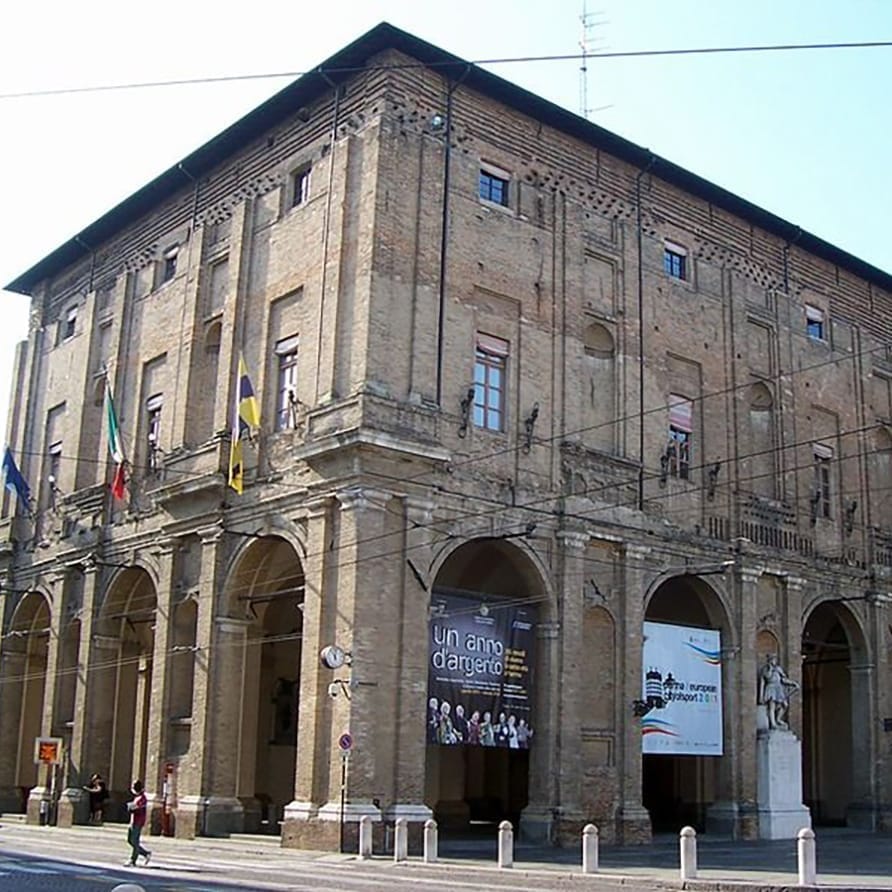
Corn Porches
Representative seat of the Municipal Administration, the Palazzo Comunale was built in 1600 on a project by Giovanni Battista Magnani in late Renaissance style, following the destruction of the pre-existing building due to the collapse of the civic tower.
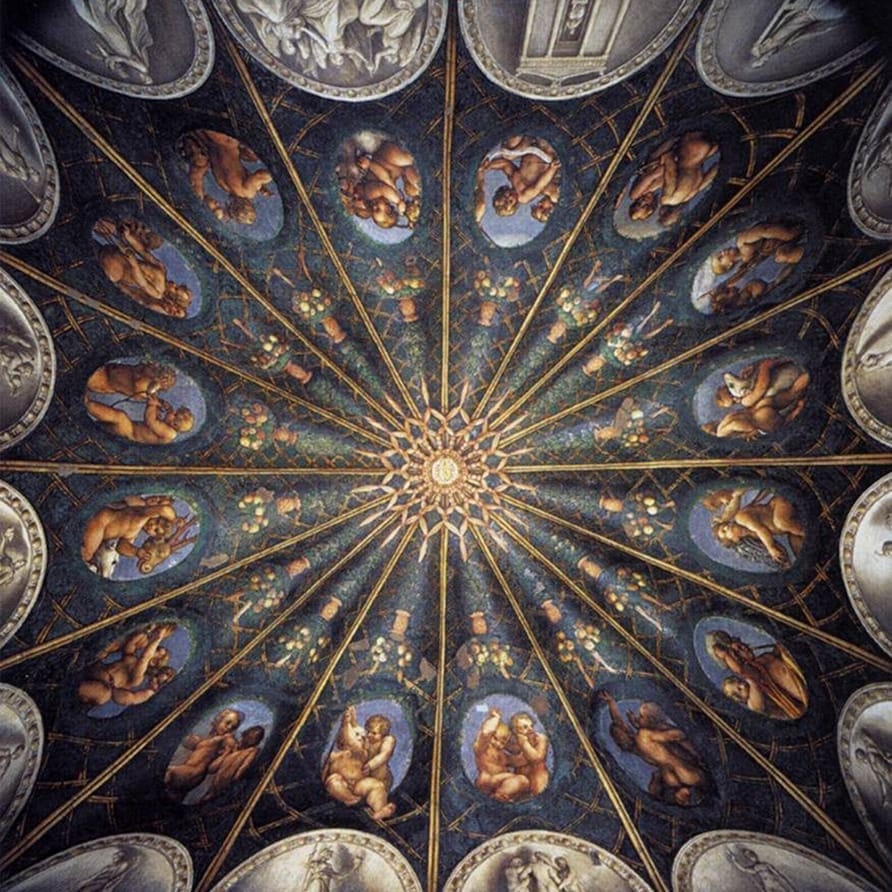
S. Paul Chamber
The “Saint Paul Chamber” is the term usually used to indicate the two rooms, located inside the Benedictine convent, painted by Alessandro Araldi and Correggio.
These works are the expression of the great freedom enjoyed by the nuns until 1524, the year in which the cloister was applied.
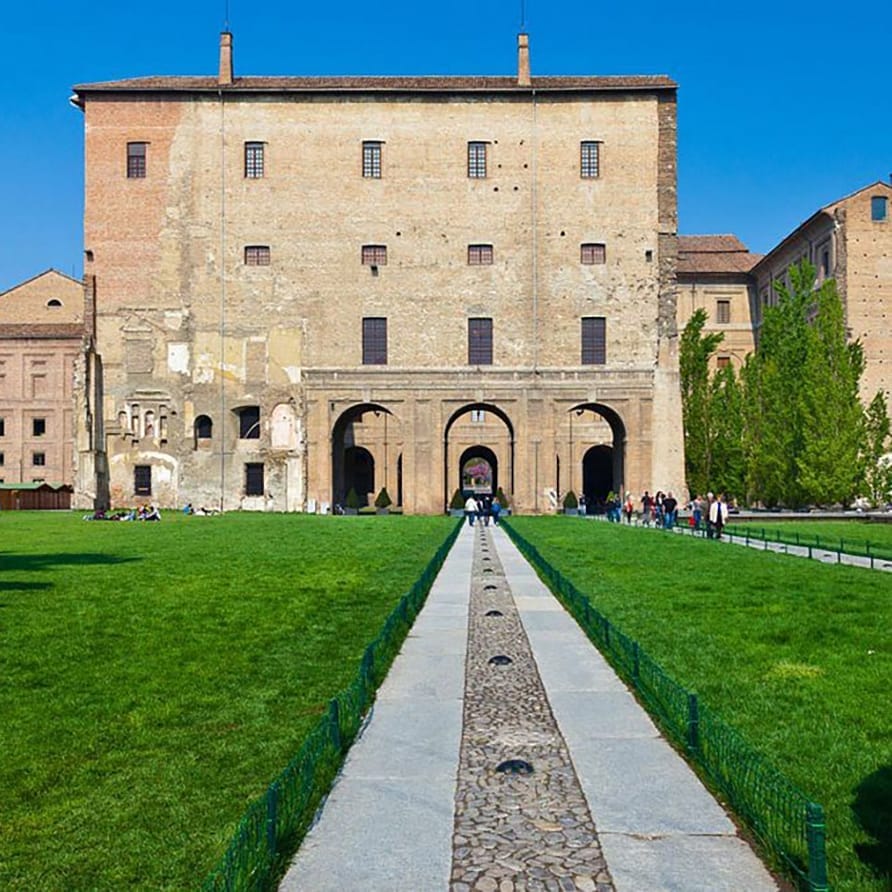
Pilotta Palace
The set of buildings includes the National Archaeological Museum of Parma, the Palo Toschi Art Institute, the Palatine Library, the Bodonian Museum, the Farnese Theater, the University of Parma, the Institute of Art History, the Superintendence of the galleries of Parma and Piacenza and the National Gallery.

National Gallery
The National Gallery of Parma is a museum known above all for its remarkable collection of paintings, including the famous La Scapigliata by Leonardo da Vinci.
The Gallery was founded by Maria Luigia, Duchess of Parma, in the early 19th century to exhibit the ducal art collections to the public.
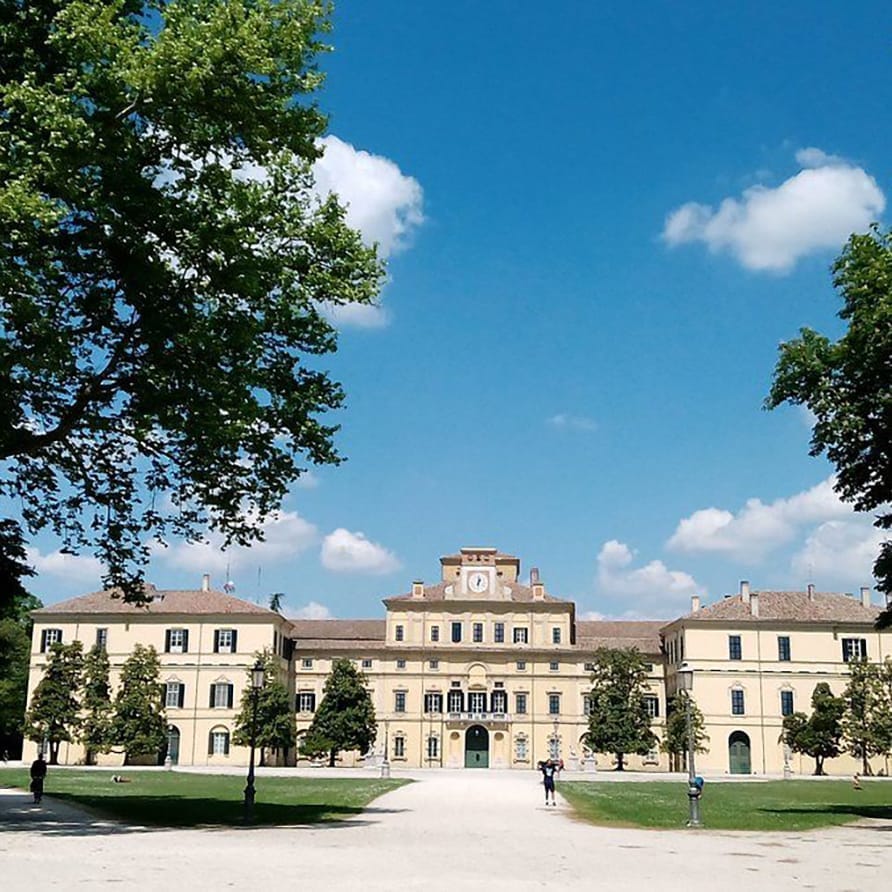
Ducal Park
Ducal Park is one of the two large green lungs of the city.
Its centuries-old trees give life to an elaborate green architecture, studied and prepared in 1560 and enlarged in the 18th century.
Inside there are the Ancient Ducal Park and the Palazzetto Eucherio Sanvitale.
Eat in Parma
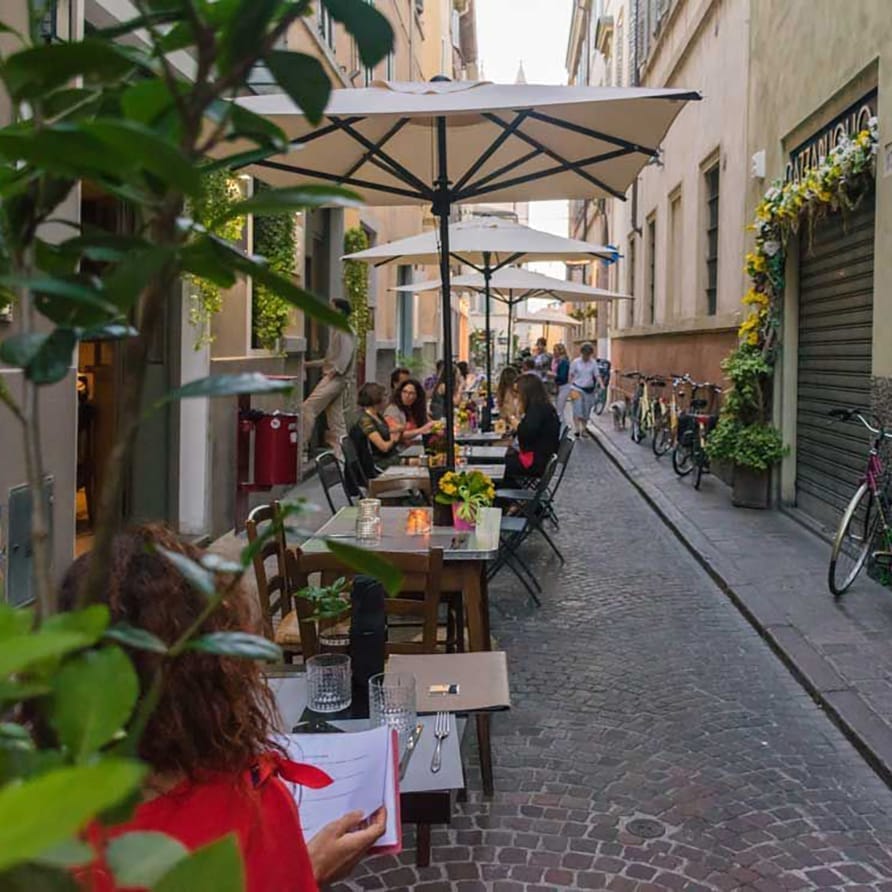
Borgo XX
Borgo XX Marzo, 14
+39 0521 234565
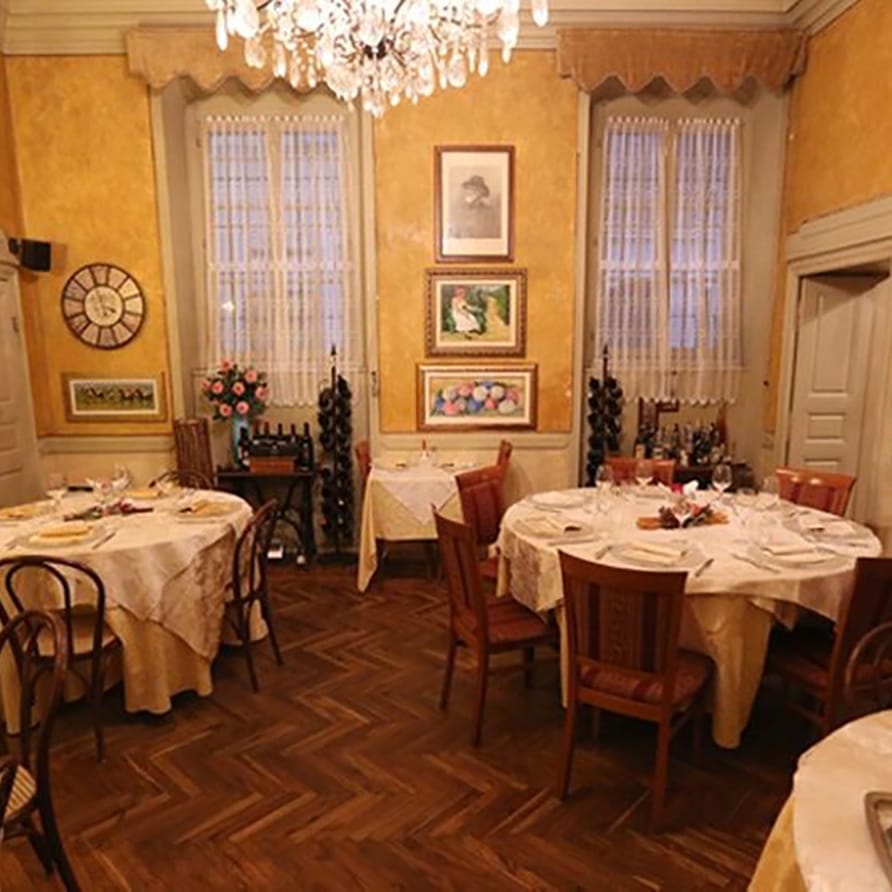
La Filoma
Borgo XX Marzo, 15
+39 0521 206181
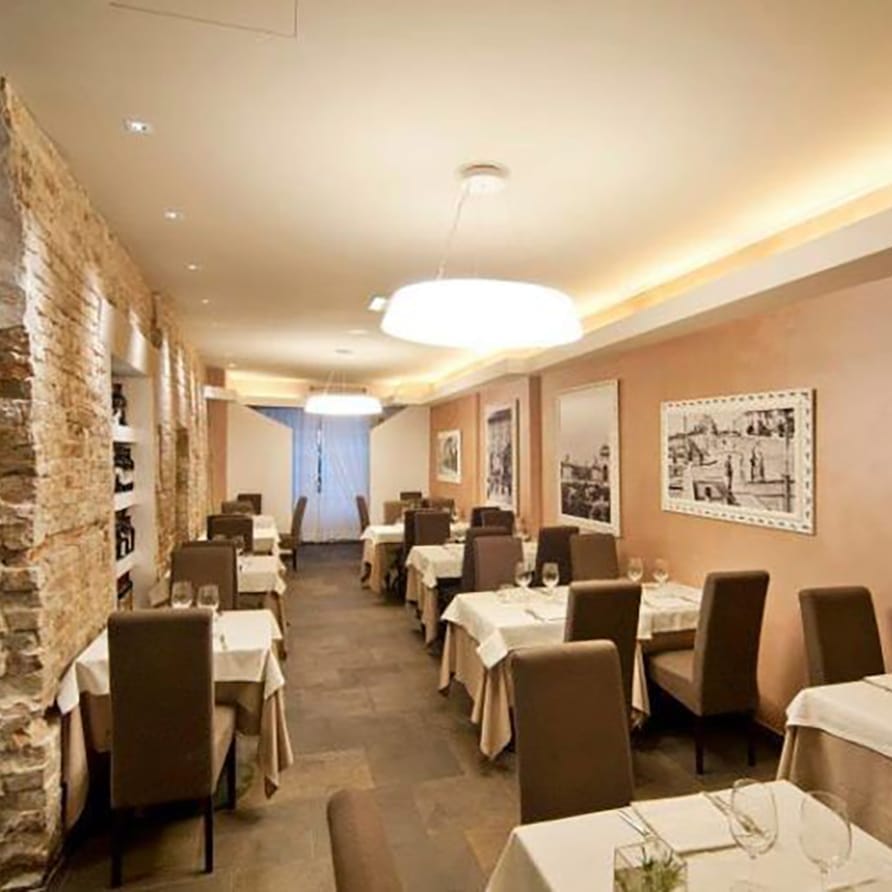
La Forchetta
Borgo S. Biagio, 6/D
+39 0521 208812
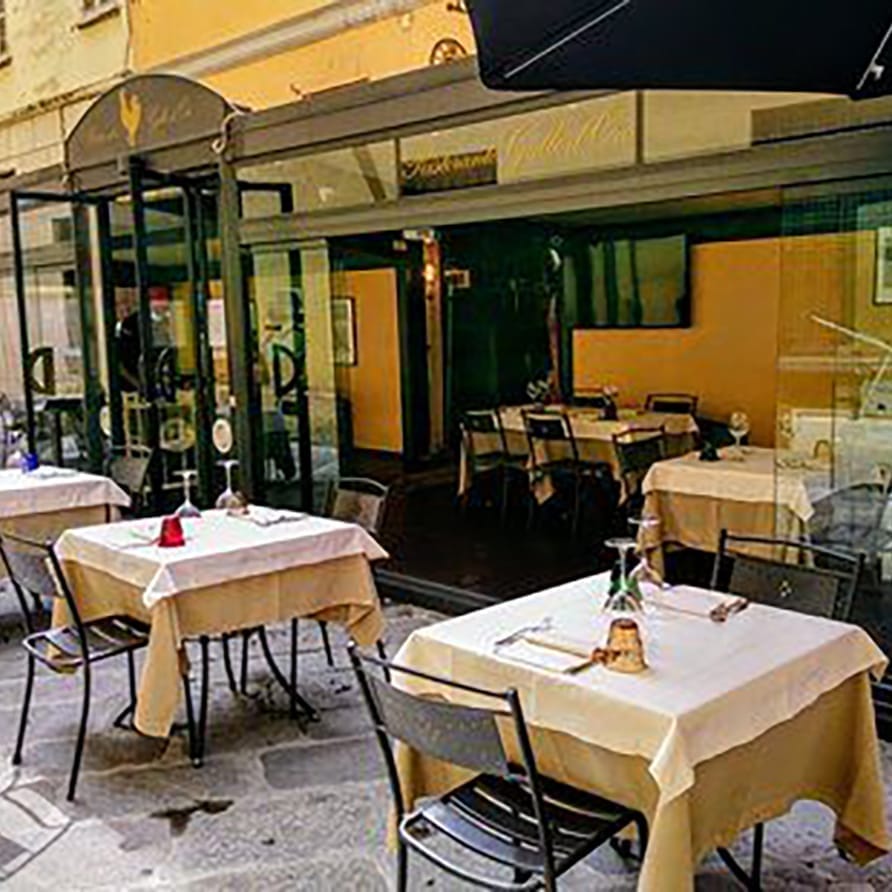
Il Gallo d’Oro
Borgo della Salina, 3
+39 0521 208846
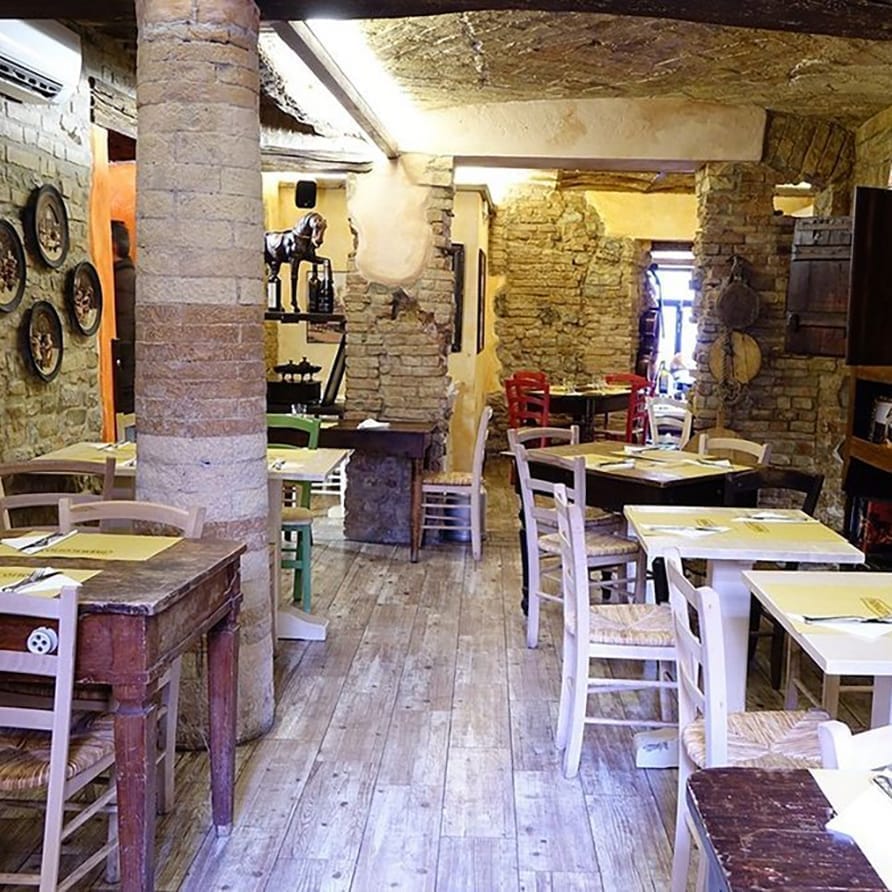
La cucina del Maestro
Str. Luigi Carlo Farini, 19
+39 0521 1855977
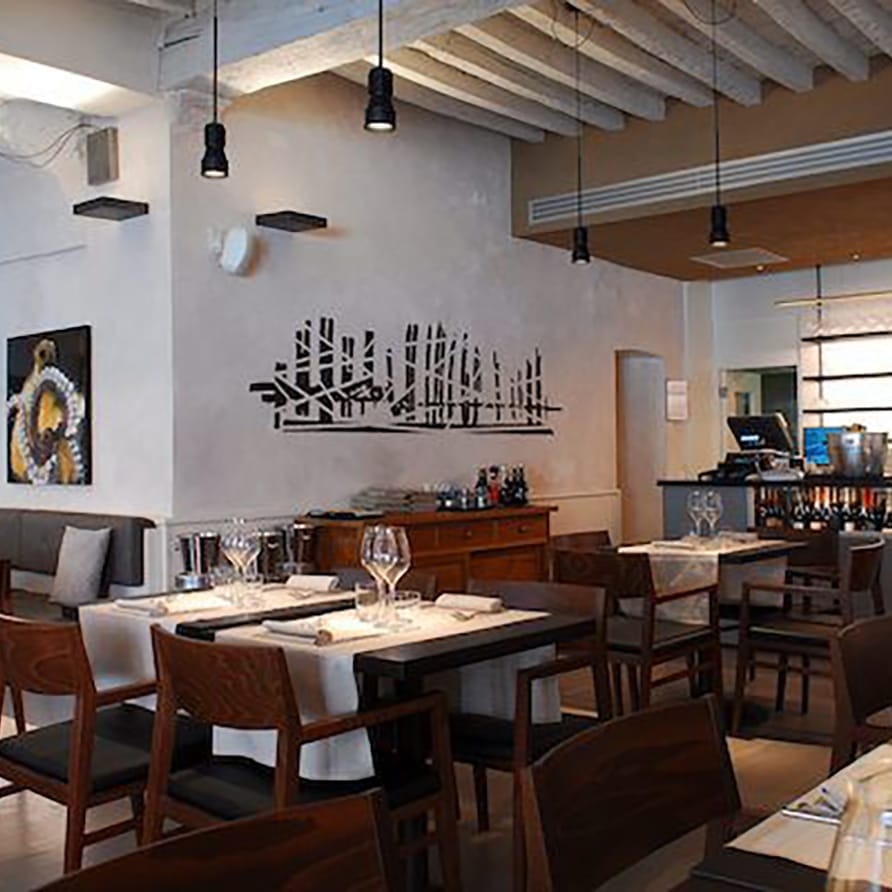
Meltemi
Borgo del Carbone, 3
+39 0521 030814

Trattoria Tribunale
Vicolo Politi, 5
+39 0521 285527
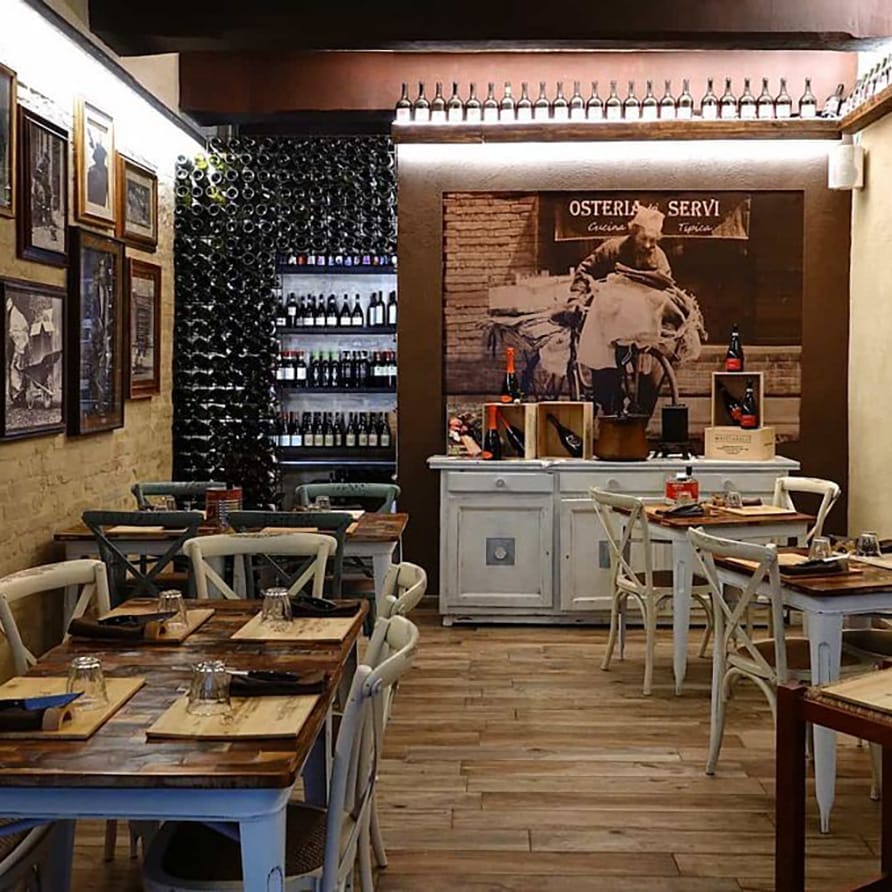
Osteria dei Servi
Piazza Ghiaia, 1
+39 0521 1856156
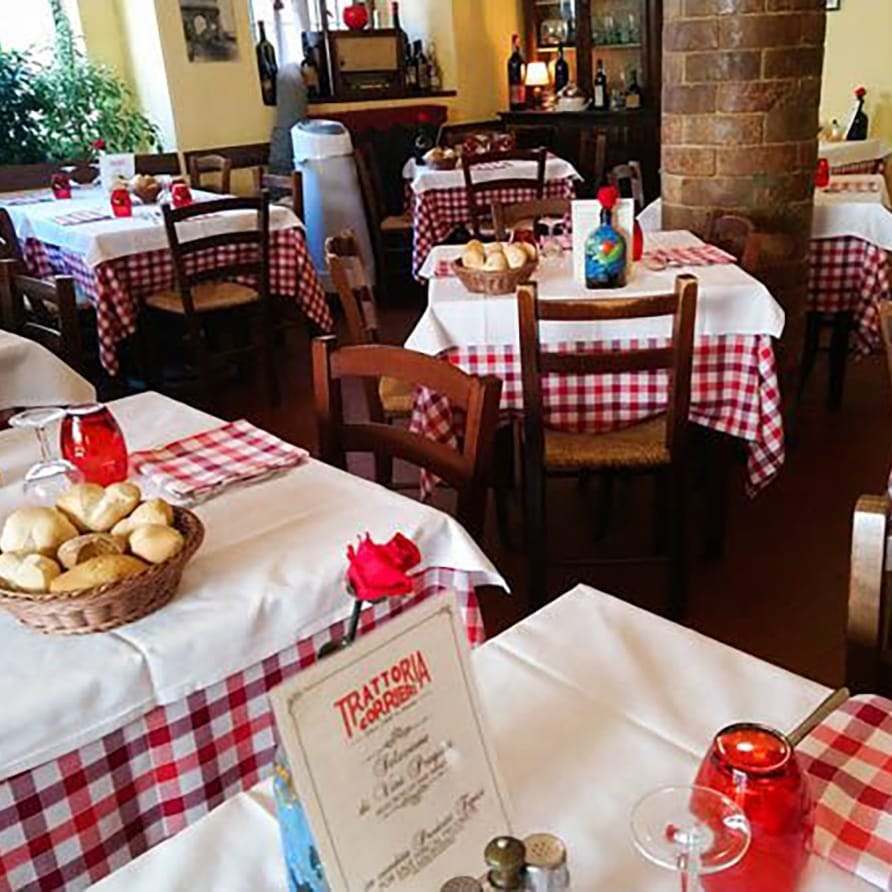
Trattoria Corrieri
Str. Conservatorio, 7
+39 0521 234426
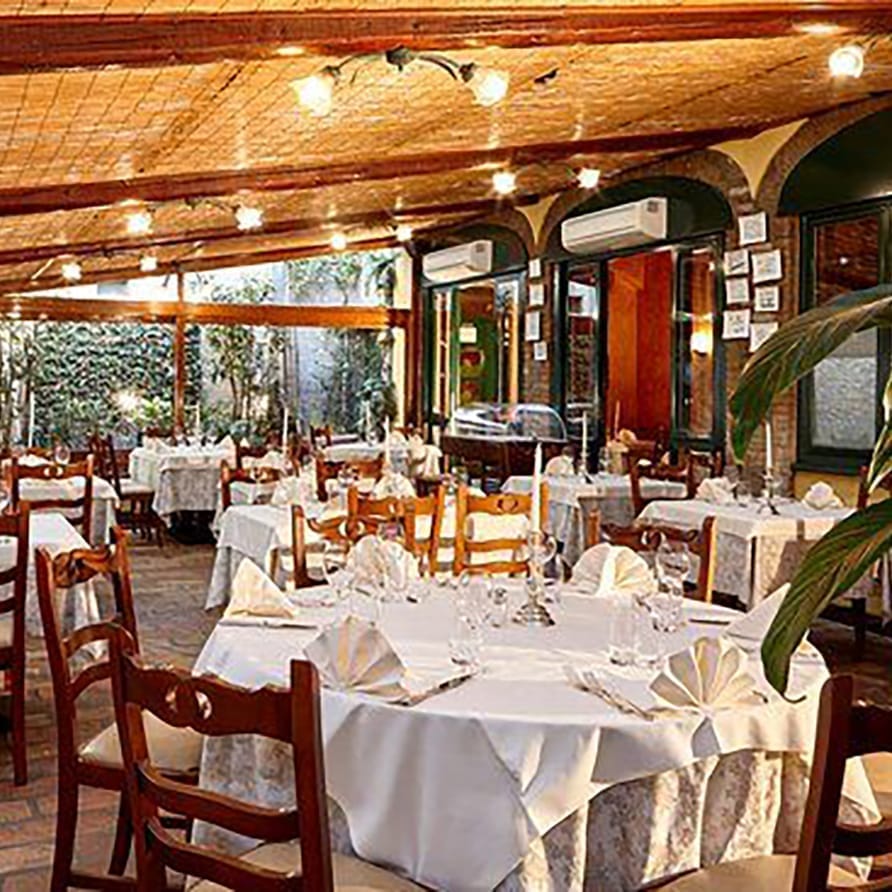
Trattoria il Cortile
Borgo Paglia, 3
+39 0521 285779
